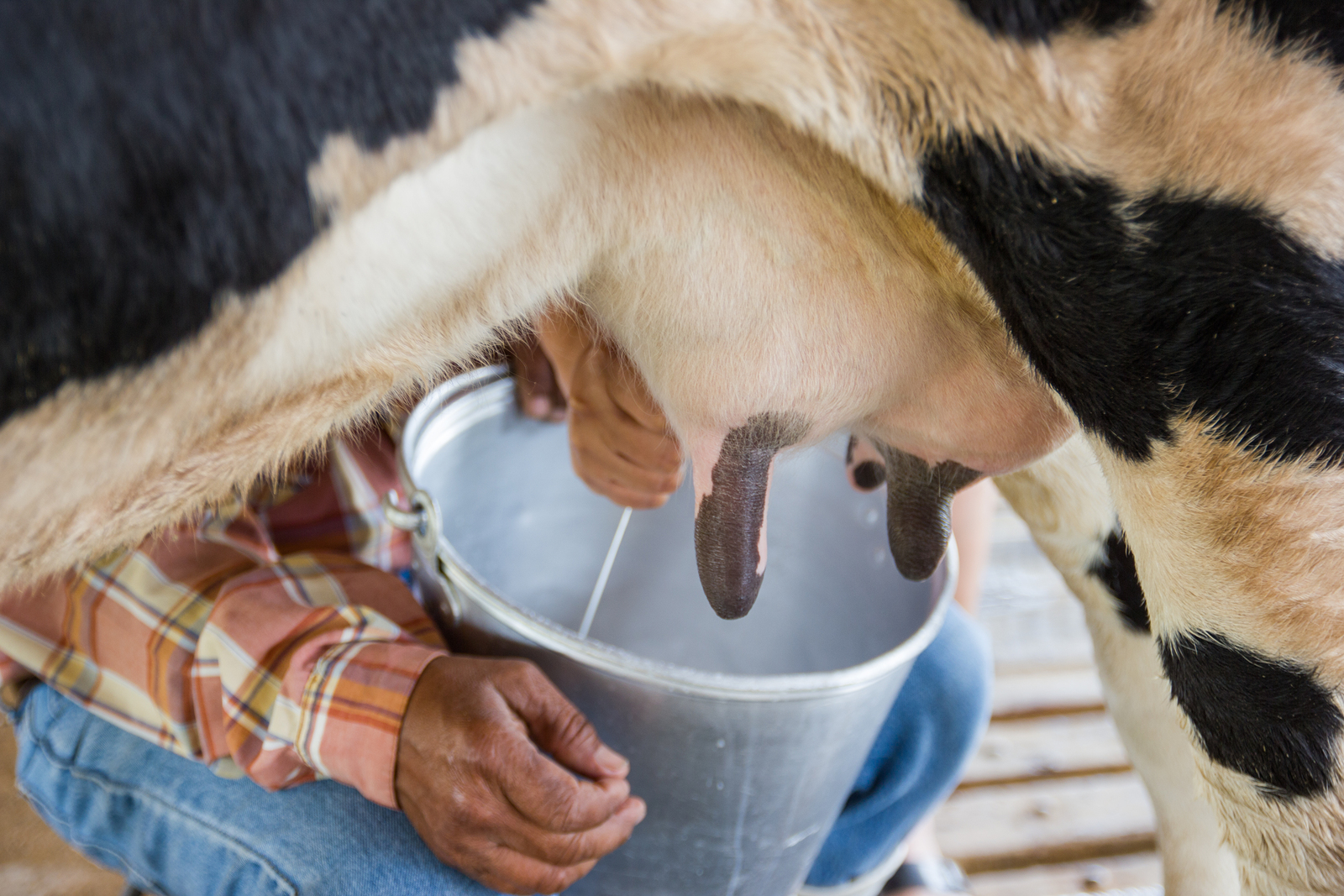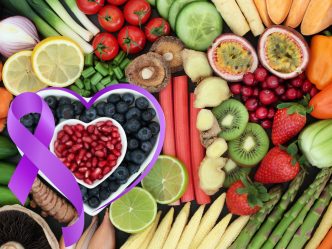It’s not uncommon to hear people talking about the health consequences of processed foods nowadays. When we hear “processed foods” the things that come to mind usually include deli meats, canned soups, frozen microwave meals, crackers, cereals and other snack foods. Well, it turns out milk is technically also one of those “processed foods” – though perhaps for good reason.
Pasteurization is the process of heating of the milk to a high enough temperature for a long enough time to kill illness-causing bacteria and germs. Pasteurization is quite comparable to the process of cooking, where we heat our raw meat, poultry and fish to specific internal temperatures to reduce the risk of getting sick.
So, what’s the alternative to processed milk?
Raw milk.
Unpasteurized milk is called raw milk, and it’s growing in popularity. Raw milk, by definition is the milk from any animal that has not been pasteurized to kill harmful bacteria.
Advocates of raw milk claim
- It is healthier and more nutritious
- It is less processed and tastes better
- It contains beneficial bacteria
- It supports local farmers and a sustainable agriculture
- It may strengthen the immune system
- It may protect against allergies and asthma
Is raw milk right for you?
Some concerns surround the fact that pasteurization changes nutritional benefits, as it may alter some of the enzymes and proteins found naturally in the milk. Though some nutrients may be somewhat reduced in pasteurized milk (such as Vitamin C), the American diet generally has plenty of other sources with these nutrients. Despite pasteurization, pasteurized milk still maintains availability of its nutritional benefits, but with a much lower risk for disease.
If you’re considering raw milk:
- The Centers for Disease Control cautions that consuming raw milk increases risk for developing foodborne illnesses – common symptoms include diarrhea, stomach cramping and vomiting. The CDC also warns that some people can even develop life-threatening diseases such as Guillain-Barre syndrome and hemolytic uremic syndrome.
- There are lower-risk foods that can be consumed if one desires “beneficial bacteria” that may be found in raw milk. Pasteurized fermented foods such as yogurt and kefir contain good bacteria we desire, while carrying much less risk of foodborne illness.
- A wide variety of germs that are sometimes found in raw milk can make people very sick, including Brucella, Campylobacter, Cryptosporidium, E. coli, Listeria, and Salmonella.
- The risk of getting sick from drinking contaminated raw milk is greater for infants and young children, older adults, pregnant women, and people with weakened immune systems such as those with cancer, an organ transplant, or HIV.
Know the source of your raw milk
While there are precautionary measures many farmers take to avoid the horrific-sounding side-effects of raw milk, bacterial contamination can still occur even if:
- Your farmer performs laboratory test for bacteria
- Your farmer has grass-fed cows and goats
- Your farmer’s milk is organic
- Your farmer has created sanitary and humane conditions for raising animals
So, if you decide to drink raw milk, it’s suggested that you research your local dairy supplier for any issues with inspections, shut-downs due to health violations, and any claims of illness against the dairy.
Want to purchase?
Georgia – The state has banned the sale of raw milk for human consumption.
South Carolina – Raw milk sales are legal on the farm and, to a limited extent, in retail stores. Farmers must obtain a permit and can only sell raw milk, not raw milk products.
For a list of state laws for raw milk, visit the CDC State Milk Laws.





